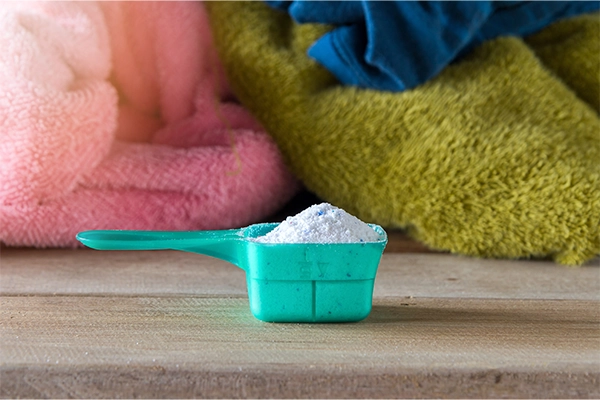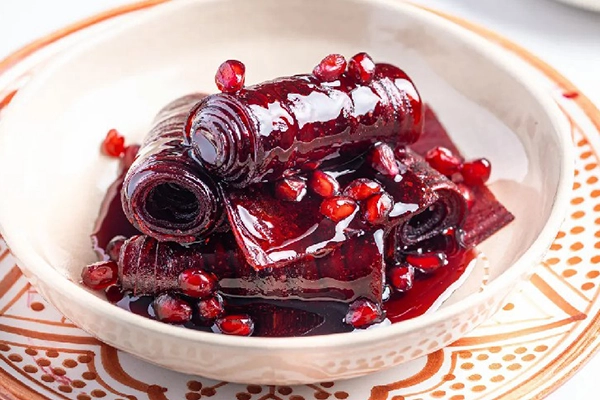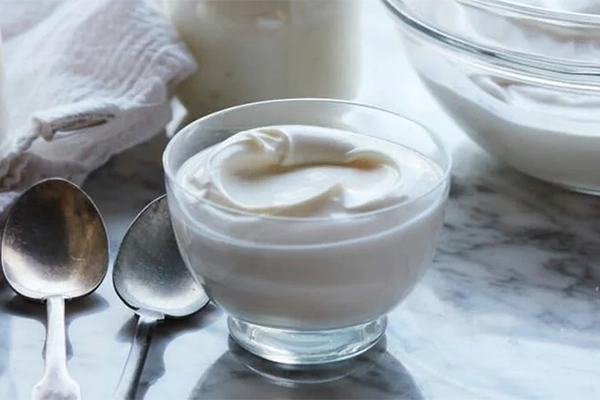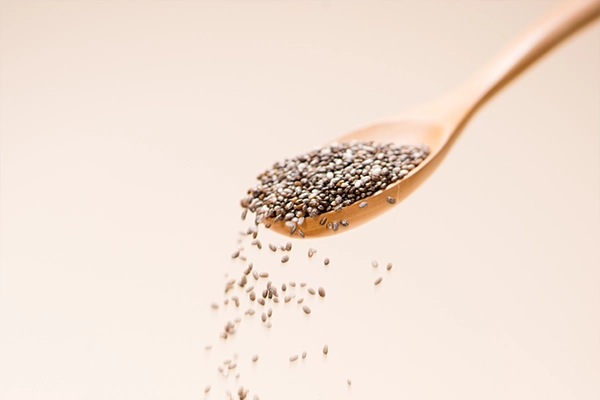These days, if not before, reliance on natural, available materials for cleaning and maintenance at home has come to the fore. Of all these materials, there are two magical compounds called vinegar and baking soda that have properties allowing them to be substituted for harmful chemical products. Besides not being a danger either to health or to the environment, these materials also have applications that are unimaginably spectacular when related to housekeeping.
The vinegar baking soda reaction has grown to be one powerful tool in trying to resolve cleaning and hygiene problems, all because of the effective chemical reaction it gives off. From cleaning greasy surfaces to unclogging drains, this miraculous combination has found a special place in modern households.
In this article, we are going to introduce to you 5 incredible uses of vinegar and baking soda; the way these simple and inexpensive materials will help you keep your home clean, shining, and free of pollution. Join us to discover the secrets of this amazing combination!
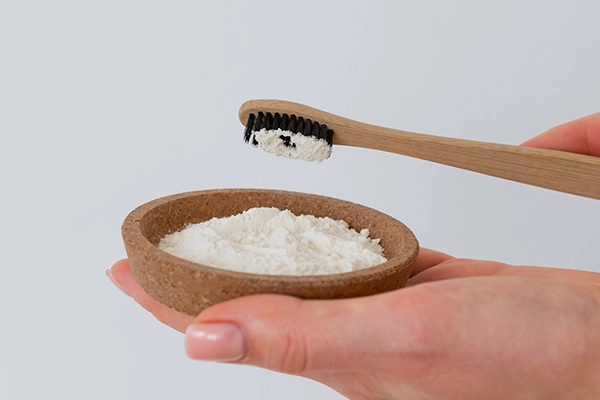
1. Cleaning Stainless Steel Kitchen Sinks
Vinegar and baking soda will help with the perfect cleaning of the kitchen sink without any odors. Damp the sink and sprinkle some baking soda on it. Scrub with a soft sponge gently and then rinse with water. For shining, dip paper towels in white vinegar, lay them on for 20 minutes, and then rinse.
Pour half a cup of baking soda and one cup of white vinegar down the drain to clean drains. Flush with hot water after 10 minutes. This magic combination removes any blockages with ease.
2. Make a Non-Toxic Bathroom Cleaner
You can prepare a strong and non-toxic bathroom cleaner using vinegar and baking soda. This cleaner efficiently removes soap scum and mildew. Ingredients include 1 cup of baking soda, 1/4 cup of liquid soap, 1/4 cup of water, and 2 tablespoons of white vinegar. Mix well and put the solution in a squeeze bottle. Shake well before use and spray on desired surfaces. Scrub with a nylon sponge and then let it rinse. This will bring cleanliness and brightness without using harsh chemicals.
3. Carpet Stain Remover
Vinegar and baking soda also work wonders when it comes to effective cleaning of spots on carpets. For lighter stains, mix 2 tablespoons of salt into half a cup of white vinegar and apply it on the stain. Let it dry and then vacuum it. For darker ones, add 2 tablespoons of borax to the mixture and do the same. This efficient combination removes not only spots but also unpleasant odors.
4. Laundry Booster
Vinegar and baking soda added to the detergent increase the time for efficiency. Half a cup of baking soda would serve to brighten and freshen clothes and, in fact, it also makes water soft, thus using less detergent is quite okay. After this, adding half a cup of white vinegar with detergent during the washing cycle in the large washing machines boosts the effectiveness of cleaning. The process would therefore become economic, environment-friendly, and less time-consuming for best washing results.
5. Refresh the Refrigerator
Vinegar and baking soda work just right in cleaning and freshening refrigerators.
Inside and outside, clean with white vinegar and water mixed in a 1:1 solution for a mixture that is effective in taking away mold and grime. Vinegar and baking soda make great cleaning combinations to make grease and dirt disappear. Afterwards, set an open box of baking soda inside to keep it odor-free. This helps clean and also keeps the fridge fresh for a while.
Vinegar and Baking Soda Experiment: Fun Science Projects
Vinegar and baking soda are not only useful for cleaning but also for science experiments. One interesting experiment is the vinegar baking soda reaction that shows a mock volcanic eruption.
Materials Needed:
10 ml dishwashing liquid
100 ml cold water
400 ml of white vinegar
Food colour
1 cup of baking soda paste
Procedure:
- Add vinegar, water, dish soap, and a few drops of food colour in the bottle.
- Prepare the baking soda paste and add it inside the bottle.
- Step back and voilà!
This is a chemical reaction involving the release of carbon dioxide gas, causing a ‘volcano eruption’ that is great for kids. It is very good to introduce chemistry because it will show the kids how acids and bases react with each other.
Unveiling the Science Behind the Reaction
Ever wondered why there is an eruption of bubbles and foam when vinegar and baking soda mix? Believe it or not, this simple school experiment really is an acid-base reaction.
Key Ingredients of the Reaction:
Baking soda, chemically known as sodium bicarbonate (NaHCO₃), is a common base used in baking and cleaning.
Vinegar is a watered-down version of acetic acid, CH₃COOH, a weak acid common in cookery and cleaning.
Reaction Process:
These two mixtures combine to produce carbonic acid, H₂CO₃, from the action of acetic acid upon bicarbonate ions in baking soda.
Breakdown of Carbonic Acid:
The formed carbonic acid is highly unstable and thus breaks down straight away into:
Water (H₂O)
Carbon dioxide (CO₂)
The carbon dioxide gas forms bubbles, creating the fizz and foam often seen. It’s like a small volcanic eruption and thus ideal for science demonstrations.
Energy Output: Exothermic or Endothermic?
Chemical reactions may be characterized as one of two types:
Exothermic Reactions: Those that give off energy in the form of heat.
Endothermic Reactions: Those that take in energy in order to proceed.
The reaction of vinegar and baking soda is exothermic; it gives off heat when it reacts. You may even feel the heat if you place your hand near the reaction.

Practical Applications of the Vinegar and Baking Soda Reaction
Other than an educational experiment, this reaction has a lot of practical applications:
- Natural Cleaner: It removes stubborn stains, residues, and grease very effectively.
- Drain Unclogger: The gas and pressure generated clear clogged pipes.
- Odor Eliminator: Neutralizes unpleasant smells in refrigerators and enclosed spaces.
- Laundry Enhancer: Boosts the effectiveness of detergents and brightens clothes.
- Science Experiment: Provides a fun and educational way to learn chemistry.
Safety Tips for Using Vinegar and Baking Soda
Although this reaction is safe, it’s important to follow a few precautions:
Use large containers to avoid spillage or overflow.
Wear gloves if you have sensitive skin.
Be careful in using the reaction for cleaning drains because the buildup of gas may cause splashes.
Conclusion
The reaction of vinegar and baking soda is a fascinating and practical example of the interaction between acids and bases. Carbonic acid forms, which promptly decomposes into water and carbon dioxide, creating bubbles and foam. Heat is released in this process, making it an exothermic reaction.
Besides the aesthetic appeal, this reaction has a number of practical uses: cleaning, deodorizing, and unclogging drains. Whether used as a teaching tool or as a household cleaner, vinegar and baking soda prove that science can be fun and functional. Invite this natural and versatile combination into your home to make it cleaner, fresher, and more eco-friendly!
